British Airways goes aircraft shopping – orders 44 more Boeing and Airbus planes
Links on Head for Points may support the site by paying a commission. See here for all partner links.
Last night, US Commerce Secretary Howard Lutnick teased a $10 billion order for Boeing planes from an unnamed “British airline”.
You didn’t need a crystal ball to predict that this would be for British Airways. 18 months ago, Bloomberg reported (paywall) that British Airways and Iberia parent International Airlines Group (IAG) was in contact with Airbus and Boeing about further widebody aircraft purchases.
I wrote an article at the time – which I will largely reproduce below – looking at why BA needed more widebody aircraft.
Although it’s taken 18 months to come to fruition (which should give you an idea of how long these negotiations last ….) IAG has finally announced several new orders:
- 32 Boeing 787-10 planes destined for British Airways, for delivery between 2028 and 2033
- 21 Airbus A330-900neo planes for Aer Lingus, Iberia and/or LEVEL
- 6 Airbus A350-900s for Iberia
- 6 Airbus A350-1000s for British Airways
- 6 Boeing 777-9X for British Airways
IAG also holds options over 10 more Boeing 787-10s and 13 more A330neos should it wish to exercise these.
In total, this means that British Airways now has 44 additional widebody aircraft in its order book.
I won’t focus too much on the A330neo order, except to say that it is a win for Airbus. The above airlines already fly the older A330 so Airbus is keeping it in the family. I believe British Airways is the only airline at IAG to operate Boeing aircraft, and it looks like that will continue, at least until the first of 50 737MAX arrive in a few years.
BA’s fleet before and after covid
With covid travel restrictions a thing of the past, airlines all over the world have been racking up orders for hundreds of aircraft as they try and replace the capacity they retired. With BA’s Boeing 777-200ER fleet nearing an average age of 25 years (some are turning 29 soon) it was only a matter of time.
Prior to the pandemic, British Airways operated 135 long haul aircraft:
- 32 Boeing 747-400 (275-337 seats)
- 45 Boeing 777-200ER
- 12 Boeing 777-300ER
- 12 Boeing 787-8 (214 seats)
- 16 Boeing 787-9 (216 seats)
- 1 787-10 (256 seats)
- 12 A380 (469 seats)
- 5 Airbus A350-1000 (331 seats)
Things changed dramatically during covid, with the retirement of all 32 Boeing 747s in July 2020. This single handedly wiped out 23% of the long haul fleet and a larger percentage of its overall capacity, given that the 747s were some of their largest aircraft by seat count.
Since then, the long haul fleet has recovered slightly with the arrival of further A350s and 787-10s. Fundamentally, however, British Airways remains a smaller airline than it was in early 2020 with just 122 aircraft as of May 2025:
- 43 Boeing 777-200ER
- 16 Boeing 777-300ER
- 12 Boeing 787-8 (214 seats)
- 16 Boeing 787-9 (216 seats)
- 11 787-10 (256 seats)
- 12 A380 (469 seats)
- 18 Airbus A350-1000 (331 seats)
Still to arrive are seven more 787-10s (from previous orders). Already on order are 18 Boeing 777-9X, the next generation 777, which are now due to arrive no earlier than 2027.
Once all firm orders are delivered, it would leave the long haul fleet at 153 – just shy of 20 aircraft larger than in early 2020.
Of course, this does not take into account the increasing age of the Boeing 777 fleet. The earliest examples will be turning 30 next year; the youngest in the fleet will be 21 by 2030.
Whilst BA has long had an older fleet (Virgin Atlantic’s average aircraft age is half that of BA, at around seven years) it cannot fly these aircraft indefinitely. Maintenance checks will get increasingly expensive whilst fuel costs are only likely to rise.
Further on the horizon you’ll also find the retirement of the A380 fleet. The oldest of these turned ten a few years ago, so they still have a good 10-15 years in them if BA is prepared to spend on maintenance and cabin upgrades.
There’s no doubt then that BA needs some new aircraft, and preferably soonish.
What’s on the menu, British Airways?
The original Bloomberg story from 2023 suggested IAG would order at least 20 aircraft, but it appears BA’s appetite is even larger, for 38 Boeing planes and six Airbus A350s.
This should allow it to make a significant dent in replacing its ageing 777-200 fleet but also opens the door to potential A380 retirements down the line thanks to the larger Boeing 777-9X, now the largest commercial jet in production.
(Without a third runway at Heathrow, any expansion is challenging and there is little room for growth at this stage, apart from at Gatwick and elsewhere.)
As we saw with the 2023 top-up order for six 787-10s, the latest batch comes with General Electric, rather than Rolls-Royce, engines. This is due to IAG’s dissatisfaction with the performance of the Trent 1000s from Rolls-Royce which have had high-profile problems – although they are, finally, coming to an end.
It will mean British Airways operating a split fleet, with 12 aircraft with Rolls-Royce engines and 38 with GE. That said, BA has operated split-fleets before so this is nothing new for them.
The A350-1000 order is more interesting, as many people thought British Airways might end up with an orphaned fleet of just 18. BA’s strategy so far seems to be to use these on longer routes with no demand for First Class, which will remain exclusive to the Boeing 787-9, 787-10, 777 and A380s. Topping this up to 24 should add some fleet flexibility.
Conclusion
It’s good to see IAG finally announce its long-term fleet plans for British Airways. We’ve long known that something had to be done and the latest orders will finally allow BA to retire some of its oldest aircraft.
IAG says the order for the Boeing 787-10s will arrive between 2028 and 2033, whilst the order for A350-1000s and Boeing 777Xs will arrive a bit earlier – between 2027 and 2030. The Boeing 777X will likely arrive towards the latter part of the decade given that it still hasn’t entered commercial service.
PS. If you are not a regular Head for Points visitor, why not sign up for our FREE weekly or daily newsletters? They are full of the latest Avios, airline, hotel and credit card points news and will help you travel better. To join our 70,000 free subscribers, click the button below or visit this page of the site to find out more. Thank you.

How to earn Avios from UK credit cards (July 2025)
As a reminder, there are various ways of earning Avios points from UK credit cards. Many cards also have generous sign-up bonuses!
In February 2022, Barclaycard launched two exciting new Barclaycard Avios Mastercard cards with a bonus of up to 25,000 Avios. You can apply here.
You qualify for the bonus on these cards even if you have a British Airways American Express card:

Barclaycard Avios Plus Mastercard
Get 25,000 Avios for signing up and an upgrade voucher at £10,000 Read our full review

Barclaycard Avios Mastercard
Get 5,000 Avios for signing up and an upgrade voucher at £20,000 Read our full review
There are two official British Airways American Express cards with attractive sign-up bonuses:
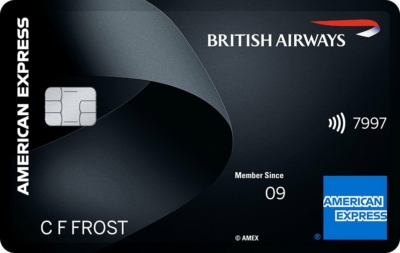
British Airways American Express Premium Plus Card
30,000 Avios and the famous annual Companion Voucher voucher Read our full review
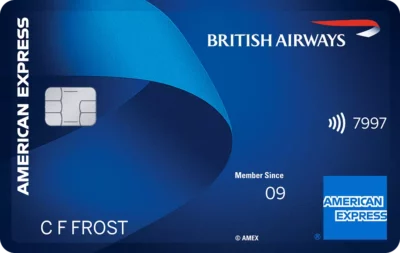
British Airways American Express Credit Card
5,000 Avios for signing up and an Economy 2-4-1 voucher for spending £15,000 Read our full review
You can also get generous sign-up bonuses by applying for American Express cards which earn Membership Rewards points. These points convert at 1:1 into Avios.

American Express Preferred Rewards Gold Credit Card
Your best beginner’s card – 20,000 points, FREE for a year & four airport lounge passes Read our full review

The Platinum Card from American Express
50,000 bonus points and great travel benefits – for a large fee Read our full review
Run your own business?
We recommend Capital on Tap for limited companies. You earn points worth 0.8 Avios per £1 on the FREE standard card and 1 Avios per £1 on the Pro card. Capital on Tap cards also have no FX fees.

Capital on Tap Visa
NO annual fee, NO FX fees and points worth 0.8 Avios per £1 Read our full review

Capital on Tap Pro Visa
10,500 points (=10,500 Avios) plus good benefits Read our full review
There is also a British Airways American Express card for small businesses:

British Airways American Express Accelerating Business Card
30,000 Avios sign-up bonus – plus annual bonuses of up to 30,000 Avios Read our full review
There are also generous bonuses on the two American Express Business cards, with the points converting at 1:1 into Avios. These cards are open to sole traders as well as limited companies.

The American Express Business Platinum Card
50,000 points when you sign-up and an annual £200 Amex Travel credit Read our full review

The American Express Business Gold Card
20,000 points sign-up bonus and FREE for a year Read our full review
Click here to read our detailed summary of all UK credit cards which earn Avios. This includes both personal and small business cards.



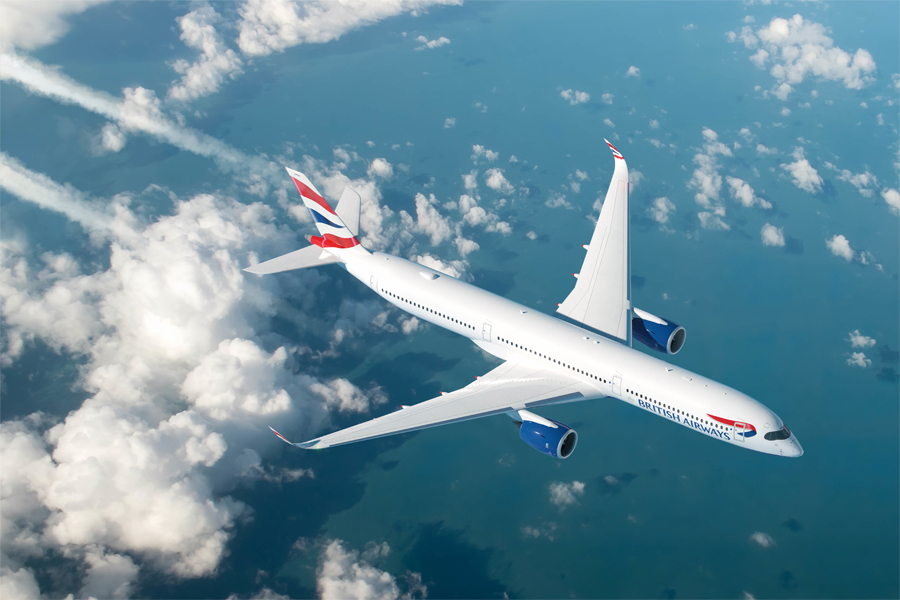
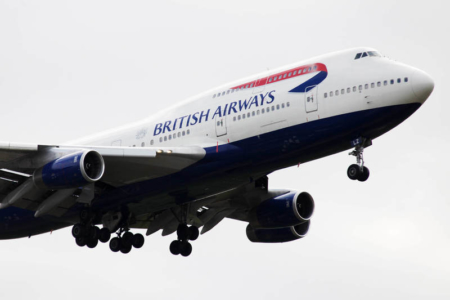
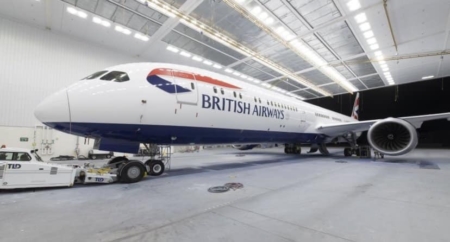






Comments (70)